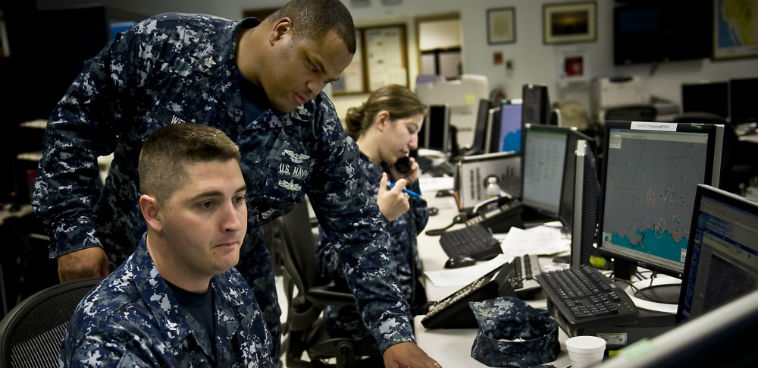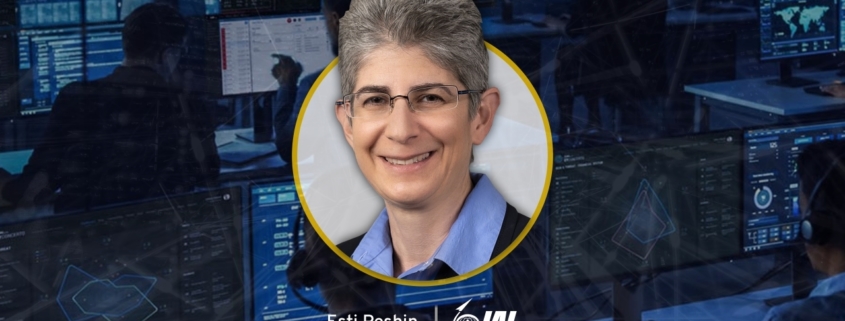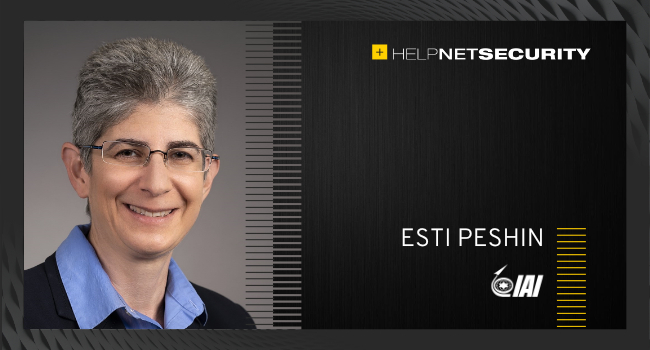Sebi tweaks cyber security, cyber resilience framework for AMCs
The new framework will come into force from July 15.
Under the modified framework, the asset management firms need to identify and classify critical assets based on their sensitivity and criticality for business operations, services and data management.
Further, business-critical systems, internet-facing applications/systems, systems containing sensitive data, sensitive personal data, sensitive financial data, and personally identifiable information data, among others, should all be considered critical assets.
All auxiliary systems that connect to or communicate with critical systems, whether for operations or maintenance, must be designated as critical systems as well.
The board of AMC is required to approve the list of critical systems.
“To this end, Mutual funds/ AMCs shall maintain an up-to-date inventory of its hardware and systems, software and information assets (internal and external), details of its network resources, connections to its network and data flows,” Sebi said.
According to Sebi, they must conduct regular Vulnerability Assessments and Penetration Tests (VAPT) that include critical assets and infrastructure components in order to detect security vulnerabilities in the IT environment and an in-depth evaluation of the security posture of the system through simulations of real attacks on their systems and networks.
AMCs are required to conduct VAPT at least once in a financial year. However, for the mutual funds/ AMCs, whose systems have been identified as “protected system” by National Critical Information Infrastructure Protection Centre (NCIIPC) need to conduct VAPT at least twice in a financial year.
Further, they are required to engage only CERT-In…





